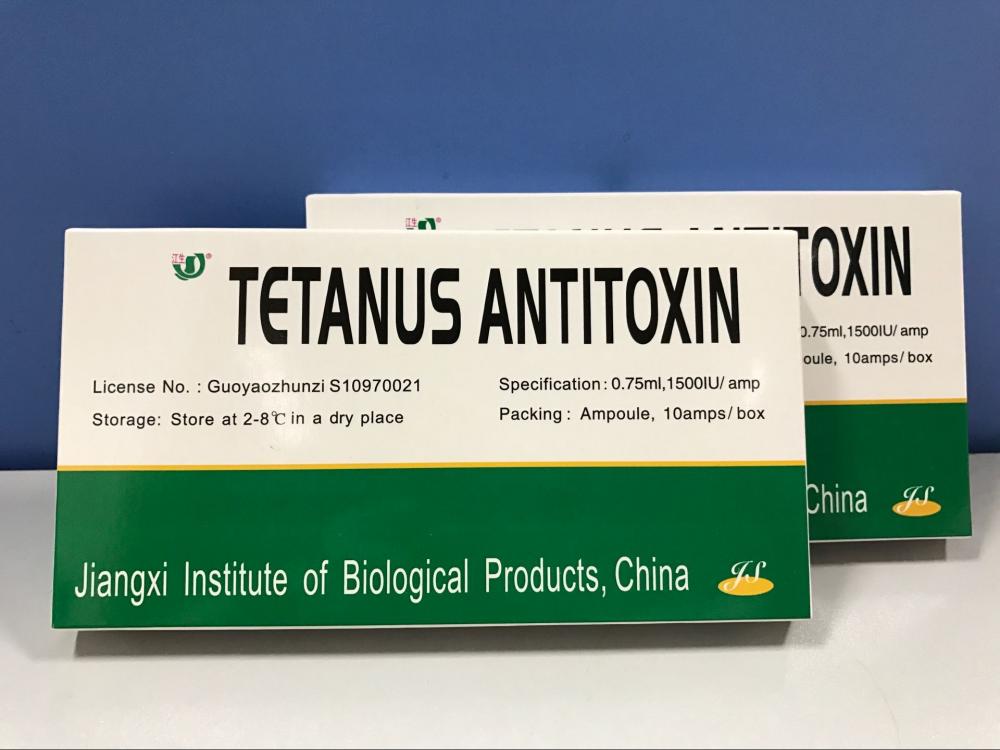Green feed feed pigs have tips
The green feed method has particular emphasis on the use of green feed to feed pigs. Although there are many benefits, due to incomplete nutrient content, it cannot be fed for a long time and over fed. When the piglet feeds green feed, it must be limited to prevent overfeeding causing diarrhea or other gastrointestinal problems. After the green-green feed is harvested, chopped or beaten first, and then mixed into the mixed feed directly to feed the pig, but the green feed with poor palatability or crude fiber content is best fermented. In summer and autumn, green feed is best fed now, and unused feed should be promptly aired in a cool place to avoid mold deterioration.
Clever use of green feed for heat stress Summer and autumn are hot and stuffy, and some green feed for pigs have unexpected heat shock effects. 1 white lentils. White lentils have the effect of relieving heat and strengthening stomach, and can be used for 30~50 grams depending on the weight of the pig. 2 green bean soup. Take appropriate amount of green beans, add appropriate amount of boiled water until the skin is rotten, let the pig drink soup after eating cool beans, anti-hot summer heat effect is very good. 3 watermelon rind. Two kilograms of fresh watermelon rind, 100 grams of sugar mixed with smashed, heatstroke pigs 2 times a day, after serving rehabilitation.
Don't feed the discarded vegetables to the pigs Summer and autumn is a season of growing vegetables and harvesting seasons. Some farmers feed their pigs with discarded cabbage leaves, radish leaves, celery, etc. This can easily cause pig poisoning and can cause serious deaths. The spent stalks and leaves are prone to produce toxic nitrite. Nitrite enters the pig and causes methemoglobin in the blood to become methemoglobin, which destroys the oxidative process in the tissues and causes systemic hypoxia and respiratory centers. Paralysis killed pigs. Even if they are fed with fresh vegetable leaves, they should be washed and shredded first, and mixed with cornmeal, rice bran and other sugar feeds.
There may be disputes about when humans began domesticating horses, but there is no argument that horses have helped shape human history. We know Chinese equine Veterinary Medicine, including herbal treatments and acupuncture, dates back thousands of years, but there`s no agreement on the date, or even century. We do know the year their health and care became part of the formal curriculum of veterinary colleges. The year was 1761 and the location was the first veterinary school in the world, in Lyon, France. Equine anatomy as part of a formal curriculum has been studied by veterinarians since then, for more than 250 years.

Equine Medicine,Conjugated Equine Estrogens,PMSG Hormone Lyophilized,Pregnant Mare Urine
Jiangxi Institute of Biological Products Inc. , https://www.jxinstitute.com